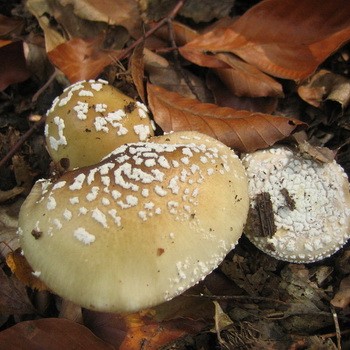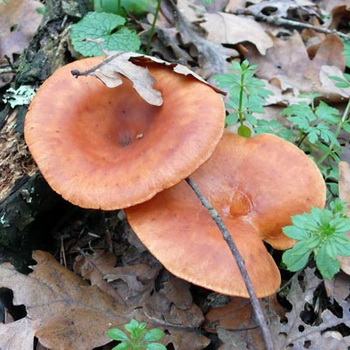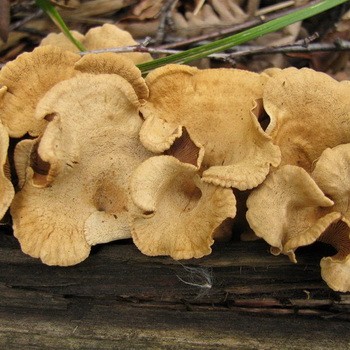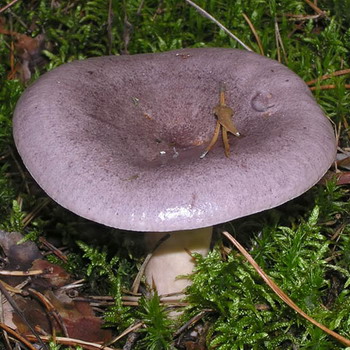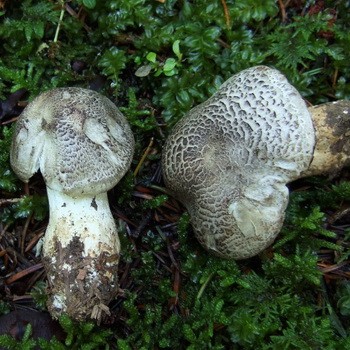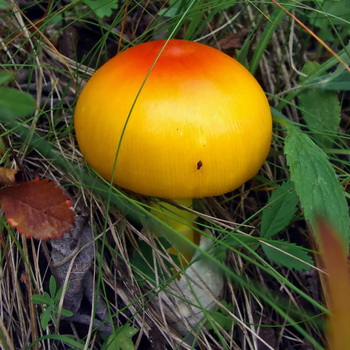Lepiots - Poisonous Mushrooms

Below you will find a description and photo of various types of poisonous lepiotas: chestnut, rough and comb. You can also learn about the doubles of the fungus and its use.
Lepiota chestnut mushroom
Category: inedible.
Title chestnut lepiotas (Lepiota castanea)from ancient Greek is translated as “scales”.
Hat (diameter 2-6 cm): often cracked, in young mushrooms, bell-shaped or ovoid, with time it becomes more spread. It has a small tubercle in the center, the middle is usually darker than the edges. Light skin is densely dotted with chestnut or brown scales.
Leg (height 3-7 cm): cylindrical, tapers from the bottom up, usually hollow. Young mushrooms have a small ring.
Lepiota pulp is very brittle, under the skin of the hat light, almost white, and in the leg brown or dark red.
Records: thin, usually white, in old mushrooms may be yellow or light brown.
Doubles: are absent.
When growing: from the beginning of July to mid-September in the countries of Europe and in Siberia.
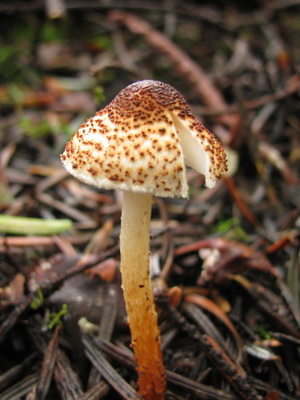
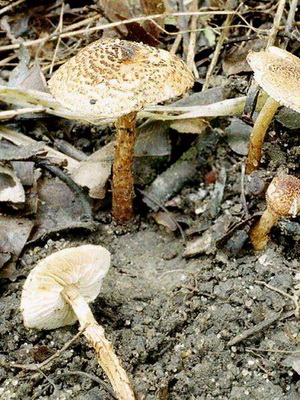
Where can I find: on the soils of deciduous and mixed forests.
Eating: not used, as it contains dangerous amatoxins.
Application in traditional medicine: not applicable.
Other names: chestnut umbrella.
Poisonous mushroom lepiot rough
Category: inedible.
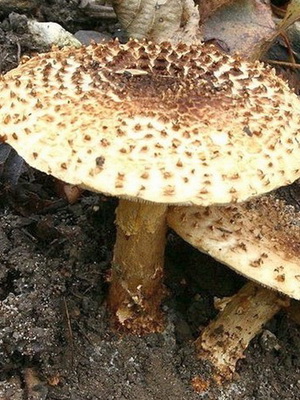
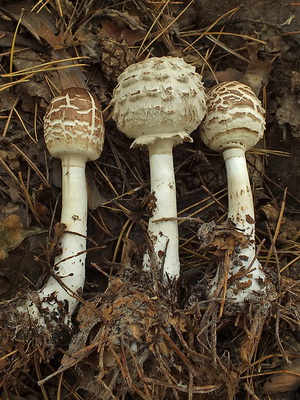
Rough Lepiota hat (Lepiota aspera) (diameter 5-15 cm): yellow, brownish or orange, dry to the touch. In young mushrooms in the form of a small egg, changes over time to slightly convex. Small cracks or scales in adult lepiotas usually disappear.
Leg (height 6-13 cm): often hollow, cylinder-shaped, with a stable ring. Lighter than hats, rarely with small scales. Usually smooth to the touch.
Pulp: the head is fibrous, white, darker in the leg. It has an unpleasant putrefactive odor and an island-bitter taste.
Records: frequent and uneven, white or yellowish.
Doubles: are absent.
Lepiota grows from early August to October in the northern countries of the Eurasian continent, North America and Africa.
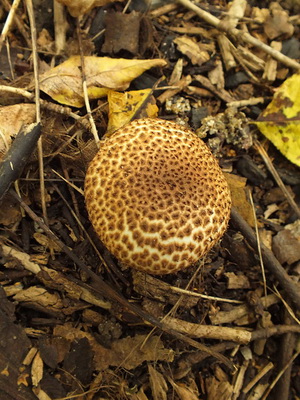
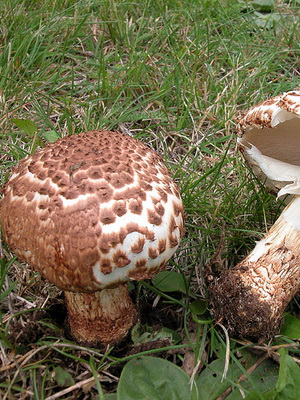
Where can I find: in mixed forests with moist and humus-rich soil. It can be found in city parks on decayed fallen leaves.
Eating: not used.
Application in traditional medicine (data not confirmed and not passed clinical trials!): tincture is used to fight malignant tumors, especially effective in the treatment of sarcoma.
Other names: the umbrella is sharp-scaled.
Poisonous lepiotota
Category: inedible.
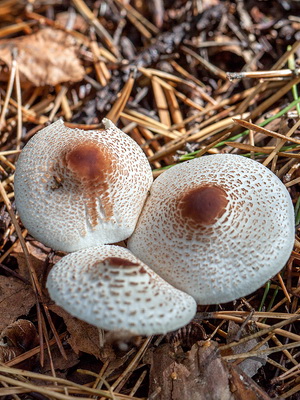
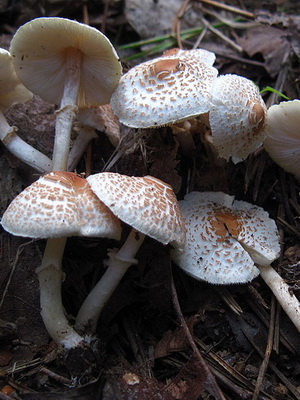
Hat (diameter 3-7 cm): usually reddish or brown, with a central tubercle. In young mushrooms, bell-shaped or in the shape of a cone, and in old ones it is open. Dry, due to which it is often covered with cracks and yellow or brownish scales.
Leg (height 3-10 cm): yellow or light cream, tapers from the bottom up, has the shape of a cylinder, very thin and hollow.Young mushrooms have a white ring that disappears over time.
Pulp: fibrous, white. Very sour with an extremely unpleasant chemical smell.
Doubles: Lepiota relatives are lilac (Lepiota lilacea), chestnut (Lepiota castanea), and woolly (Lepiota clypeolaria). Lilac lepiota is extremely poisonous, has purple scales, the chestnut and woolly-shrouded scales on the hats are larger and darker.
Eating: not used.
Application in traditional medicine: not applicable.
Comb lepiotas grows from early July to late September in temperate northern hemisphere countries.
Other names: Umbrella comb, silverfish comb.
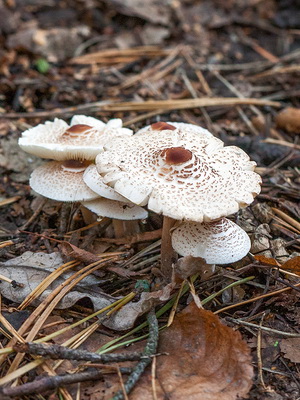
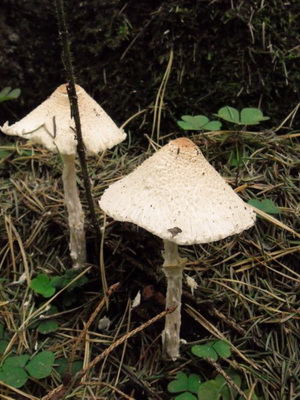
Where can I find: on the soils of coniferous and mixed forests, on the fringes or along roads. Particularly often, lepiotota crest grows near pine trees.
